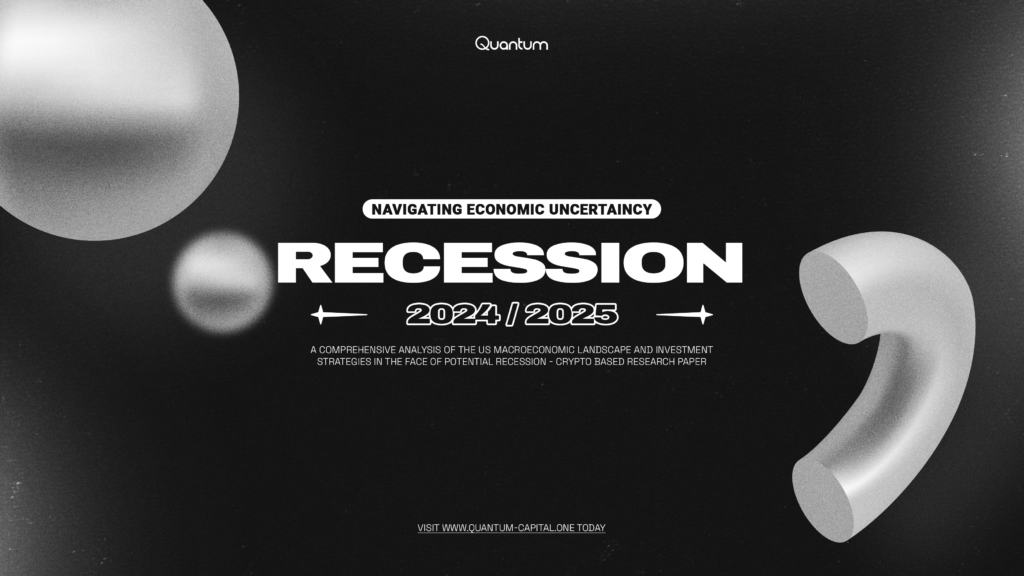Introduction
As of mid-2024, the U.S. economy stands at a critical juncture, characterized by both significant opportunities and looming risks. Following a period of robust recovery from the unprecedented disruptions caused by the COVID-19 pandemic, the U.S. economy has experienced strong GDP growth, record-low unemployment rates, and a booming stock market. However, the expansion that marked the post-pandemic era now shows signs of deceleration, prompting concerns about the sustainability of this growth.
The economy’s trajectory is being influenced by several key factors, including elevated inflation, rising interest rates, and shifting consumer behavior. Inflation has remained persistently high despite the Federal Reserve’s aggressive monetary tightening, and the once-strong labor market is beginning to show signs of stress, with real wage growth struggling to keep pace with the rising cost of living.
Given these mixed signals, understanding the risks of a potential recession is crucial for policymakers, businesses, and investors alike. Historically, periods of rapid economic growth have often been followed by downturns, as imbalances within the economy become unsustainable. The current environment bears similarities to past cycles, particularly in terms of high asset valuations and rising corporate debt levels, which could pose significant risks if economic conditions deteriorate.
This report aims to provide a comprehensive analysis of the current U.S. economic environment and assess the likelihood of a recession occurring in the near future. By examining key economic indicators, financial market trends, and global influences, this research offers insights into the potential risks and scenarios that could unfold over the next few years. Additionally, the report explores strategic investment approaches that can help mitigate risks and capitalize on opportunities during periods of economic uncertainty.


